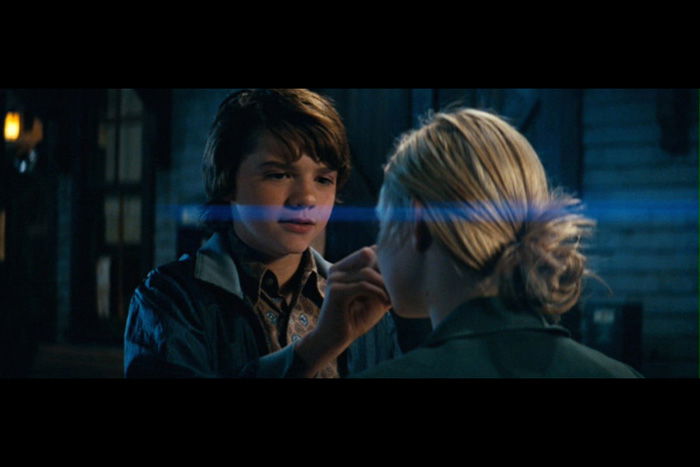Are you trying to recreate that cinematic “Hollywood” feeling in your photos?
Well, stop trying in Photoshop or Lightroom and start looking at the lens you use! With an anamorphic lens, you can get the movie-style photography results you wish for.
What Is an Anamorphic Lens?
Cinematographers use anamorphic lenses to capture widescreen images on 4:3 sensors.
These lenses actually capture a squeezed and distorted widescreen image onto the sensor. By doing so, editors don’t need to crop the image, which loses valuable information. It just needs to be stretched to widescreen in post production.

For example, when shooting a 50mm anamorphic, the vertical field would be as if you were shooting a 50mm spherical lens. The horizontal field, however, is a lot wider. It’s usually twice as wide, but it depends on the lens you use.
Why Use an Anamorphic Lens?
Most videographers use anamorphic lenses for one reason—the Hollywood look. Most movies these days have a super-wide aspect ratio. The most common one is 2.39:1.
But aspect ratio is just one of the reasons to go anamorphic.

With an anamorphic lens, you can capture wide-angle images with a super shallow depth of field. This is what creates that epic cinematic “Hollywood feeling” we so long for. This style can definitely make your photos stand out from the rest.
Another feature of this lens is that distinctive horizontal lens flare that has the ability to create a mysterious atmosphere. Watch any JJ Abrams movie and you’ll know exactly what I mean.

Finally, there are the horizontally stretched bokeh balls. They’re another characteristic that makes the anamorphic lens so popular.
How to Shoot With an Anamorphic Lens
You don’t need to be a cinematographer to use anamorphic lenses.
Why not try one with your DSLR? It’s fun to experiment with and a must-try if you’re looking for the real Hollywood look.

You can mount an anamorphic lens onto a prime lens by using an anamorphic clamp. You focus the prime lens first, then the anamorphic lens second.
But it does takes some practice, especially when you want to focus on an object that’s not centered.
In fact, it’s easier to shoot landscapes with an anamorphic lens first. Once you’re used to that, you can try and shoot some anamorphic portraits.
FAQs About Anamorphic Lenses
What Does It Mean to Shoot Anamorphic?
Filmmakers use either spheric or anamorphic lenses. Shooting anamorphic creates oval lens flares and bokeh. And the depth of field is shallower, which creates an even more cinematic feeling.
What Is an Anamorphic Lens Projector?
An anamorphic lens projector stretches the image to a 2.40:1 aspect ratio. This way, you’ll keep both the full resolution and the image quality of a movie.
How Do You Mount Anamorphic Lenses?
You have to mount an anamorphic lens on a prime lens. To do so, you need an anamorphic clamp with screws.
Conclusion—Anamorphic Lenses
It’s popular these days to create a cinematic look. Most photographers try to achieve it by using Lightroom presets. However, the key to creating a real cinematic look is using anamorphic lenses.
Using an anamorphic lens will give your photos a unique touch!
